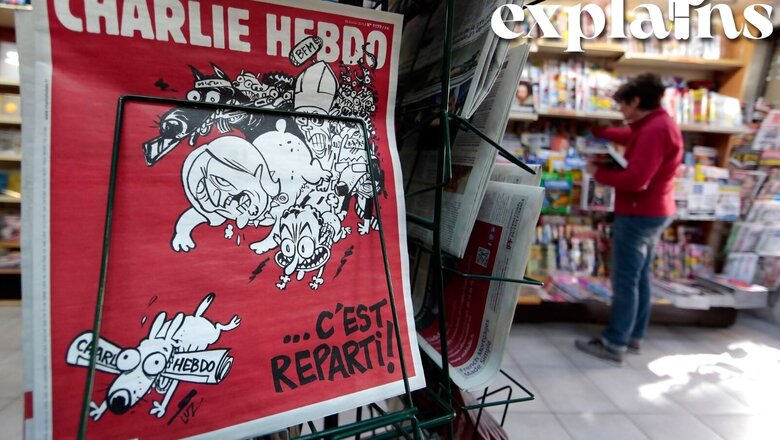
views
Inciting fury on social media, the French satirical magazine Charlie Hebdo published a cartoon that appeared to mock and vilify the victims of the magnitude 7.8 earthquake that killed thousands in Turkey and Syria. The artist Pierrick Juin drew houses teetering amid heaps of wreckage with the text “No need to send tanks.”
The cartoon, published by the contentious magazine Charlie Hebdo, was criticised by social media users who said it mocked the disaster that affected millions of people in two nations and compared it to “hate speech.”
“Mocking the death of thousands of Muslims is the peak of how France has dehumanised us in every way,” American Muslim scholar Omar Suleiman said in response to the cartoon.
“Tanks are no longer needed” they say in celebration.What a despicable publication. Always has been. Mocking the death of thousands of Muslims is the peak of how France has dehumanized us in every way.
And the crazy thing is that we can’t even say this is a new low for you. https://t.co/8jWYhlCzvk
— Dr. Omar Suleiman (@omarsuleiman504) February 7, 2023
What is Charlie Hebdo?
Charlie Hebdo is a satirical French weekly magazine that features caricatures, reports, polemics, and jokes. The magazine often courts controversies with its commentaries and caricatures of sensitive topics.
In 2011, 2015, and 2020, the magazine has been the target of three terrorist attacks. All of them were assumed to be in response to the publication of controversial cartoons depicting Muhammad. The second of these attacks resulted in the deaths of 12 persons, including publishing director Charb and a number of notable cartoonists.
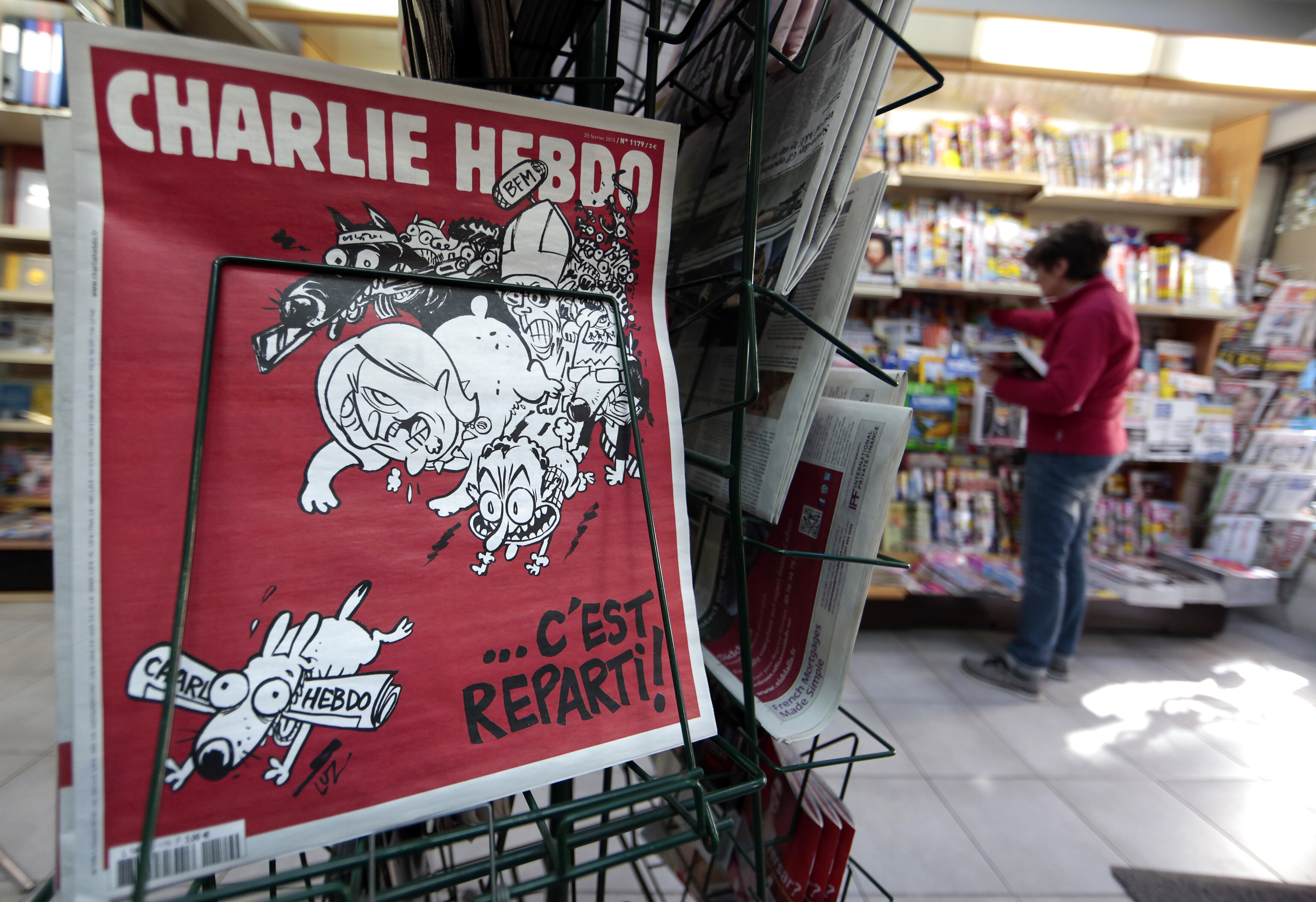
According to reports, Hebdo made its debut after the monthly Hara-Kiri magazine was banned for mocking the death of former French president Charles de Gaulle. The journal halted publication in 1981, but it was revived in 1992. Special versions of the publication are issued on an irregular basis, and it is released every Wednesday.
More About the Charlie Hebdo 2015 Attack
In January 2015, a series of terrorist assaults shocked France, which resulted in the deaths of 17 people, including 11 journalists and security staff at the offices of Charlie Hebdo in Paris.
On January 7, armed with assault weapons, Algerian-French brothers Chérif and Sad Kouachi entered the magazine’s offices and murdered caretaker Frédéric Boisseau. They then compelled the cartoonist Corinne (“Coco”) Rey to enter the security code that enabled entrance to the editorial meeting on the second level.
Officer Franck Brinsolaro, who was assigned to protect Charlie Hebdo editor Stéphane (“Charb”) Charbonnier, was shot before he could draw his firearm as the assailants rushed the newsroom. The attackers then asked for Charbonnier and four other cartoonists by name before killing them as well: Jean (“Cabu”) Cabut, Georges (“Wolin”) Wolinski, Bernard (“Tignous”) Verlhac, and Philippe (“Honoré”) Honoré, Britannica reports.
Economist Bernard Maris and psychiatrist Elsa Cayat, both columnists for Charlie Hebdo, copy editor Mustapha Ourrad, and writer Michel Renaud, a meeting guest, were their other victims.
As the attackers were leaving the premises, a police car arrived on the scene, but they opened fire on the cops and were able to flee in their own vehicle. As they fled the site, the Kouachis killed their 12th and final victim, a police officer on patrol in the area named Ahmed Merabet.
Protests Against the Shooting
The murders sparked a global outpouring of solidarity with France and freedom of speech under the “I am Charlie or Je Suis Charlie” slogan, but the publication also makes many people queasy, including in France.
Critics see it as being needlessly provocative towards Muslims and even Islamophobic, even though it has frequently offended other religious groups, including Catholics with its crude depictions of the pope, according to a report by AFP.
Charlie Hebdo has repeatedly caused diplomatic problems abroad for the French government, which has no links with the publication but faces domestic pressure to defend its right to free speech in an officially secular country.
France has strict hate speech laws that criminalise discriminatory or inciteful comments about racial or religious groups, but it does not impose limits on what can be said — or drawn — about religions or religious figures.
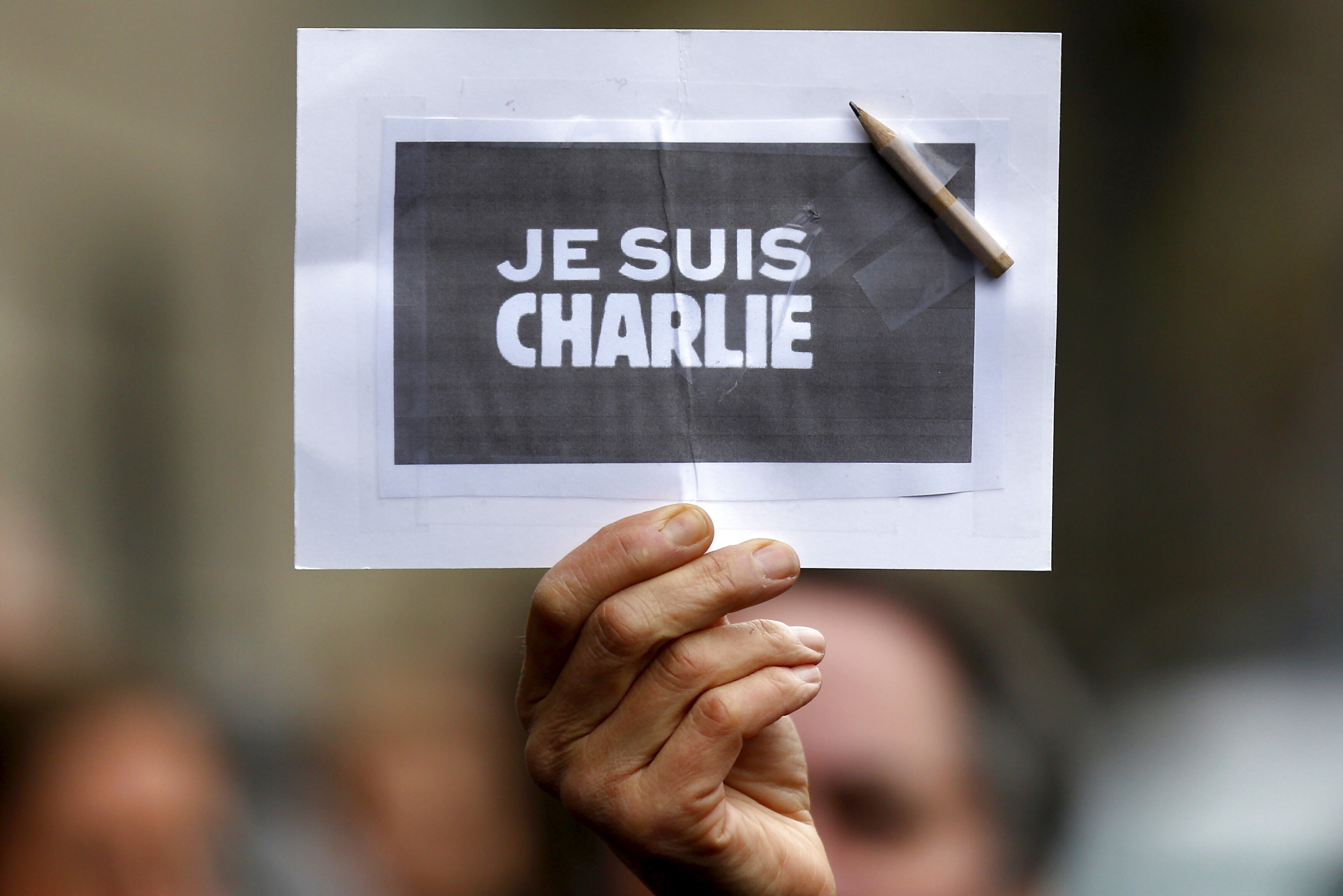
This constitutionally protected freedom is rooted in the country’s own centuries-long struggle against the power of the Catholic church.
Likewise, political leaders and public figures are offered protection from falsehoods by libel and defamation laws, but not from mockery or criticism.
Anti-France demonstrations and calls to boycott French goods swept through many Muslim-majority countries in 2020 after Macron defended the right of cartoonists to be blasphemous.
In October of that year, a French school teacher was beheaded for showing cartoons of the Prophet in his class as part of a discussion about freedom of speech.
The daylight murder in a quiet northeastern suburb of Paris deeply shocked France.
Macron criticised “a confusion that has been fed by many media — and sometimes political and religious leaders — which is to say that these caricatures are in a way the project or the creation of the French government or the president”.
How Did Turkish People Respond to the Recent Caricature?
The controversial cartoon on the earthquake victims was uploaded on Twitter under the heading “cartoon of the day.” Many claimed that the artwork was a mockery of the innumerable victims of the devastating earthquake, while others described it as ugly, racist, and incredibly insensitive.
When the publication’s headquarters were attacked in 2015, many Turks had protested in support of the “Je Suis Charlie” movement. Now they were being ‘repaid in this manner,’ many pointed out.
In a tweet, political expert Oznur Kücüker Sirene addressed the magazine. “Even the Turks were ‘Charlie Hebdo’ to share your sorrow, and today you have the audacity to insult the anguish of a whole people. “One must have incredible courage to accomplish this while infants are still waiting to be rescued from the wreckage,” she remarked.
Even the Turkish presidential spokesperson, Ibrahim Kalin, condemned the caricature, tweeting, “Modern barbarians! Suffocate in your anger and resentment.”
pic.twitter.com/u7H9y2cWzp— Furkan Bozoğlu (@BozogluFurkan) February 7, 2023
In response to the post, some irate Twitter users uploaded their own cartoon depicting Charlie Hebdo scrawled on a roll of toilet paper.
With AFP inputs
Read all the Latest Explainers here











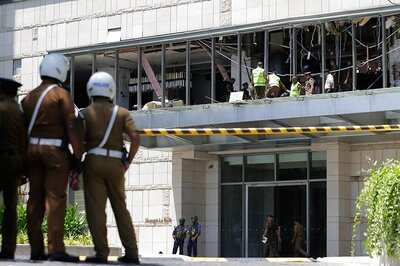
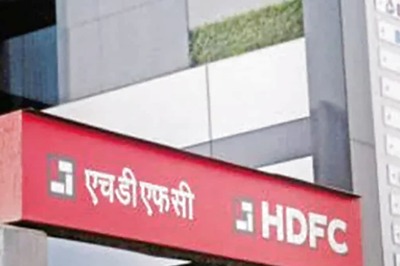
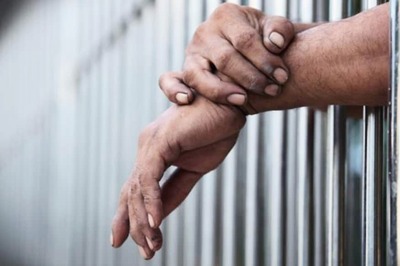



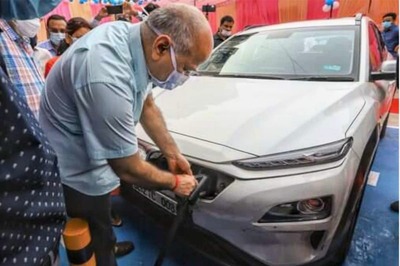
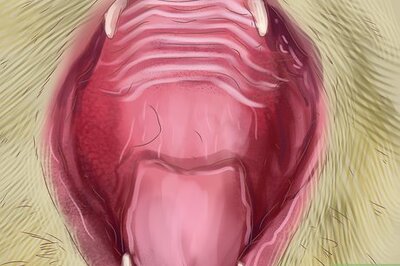
Comments
0 comment